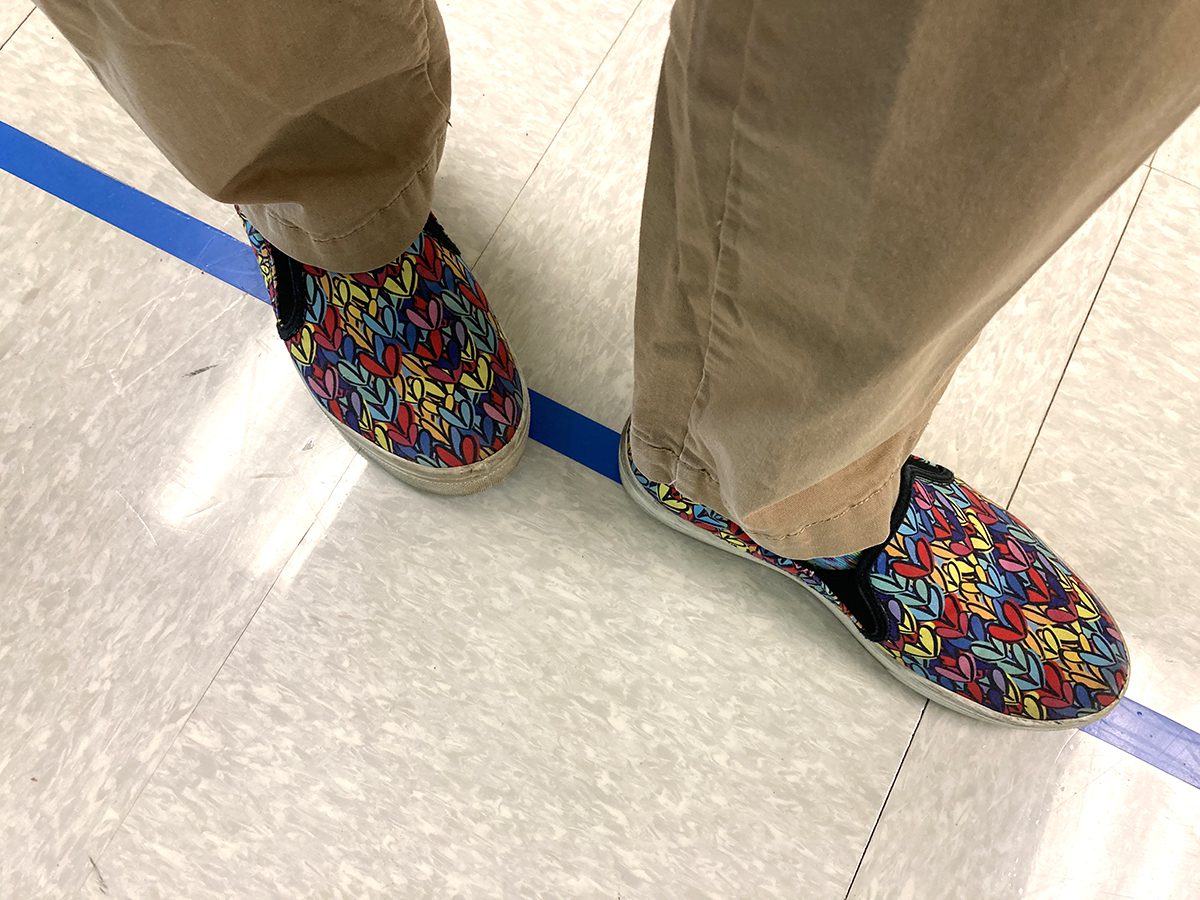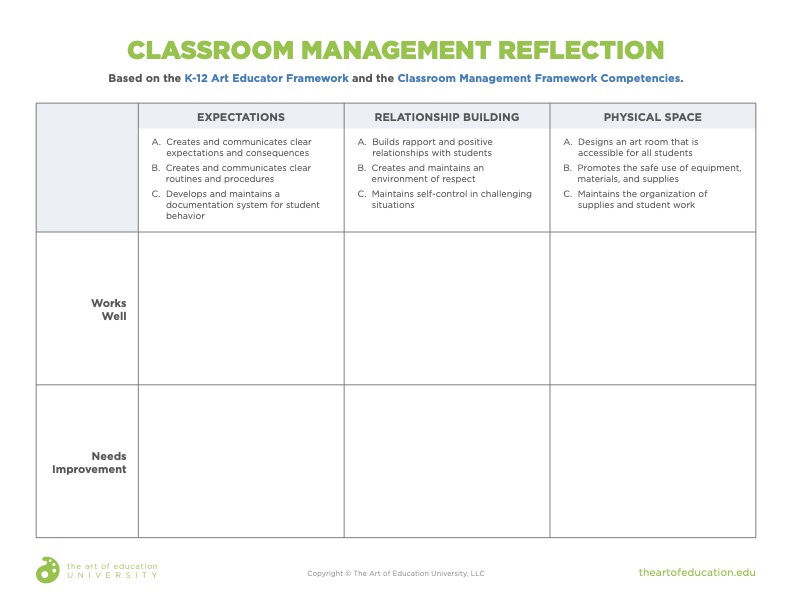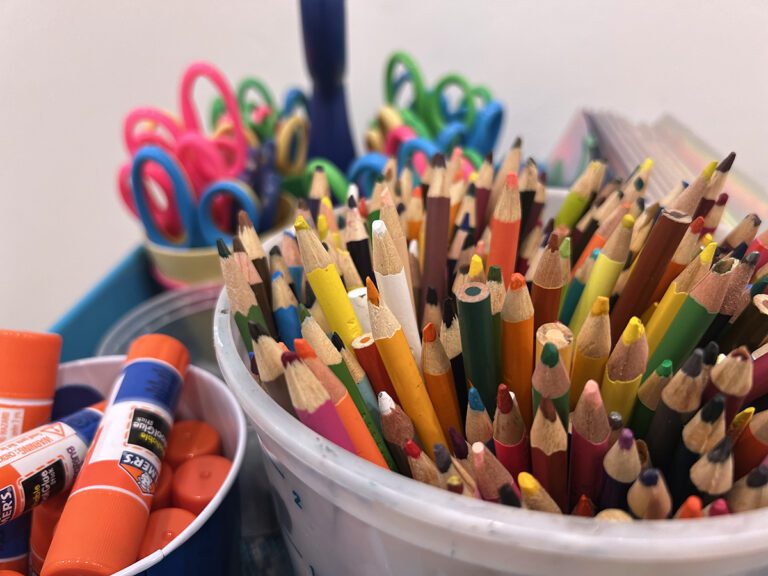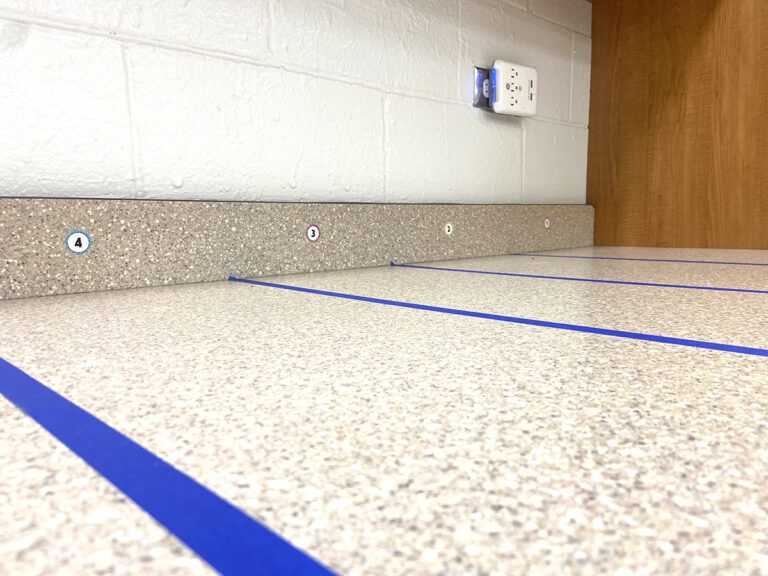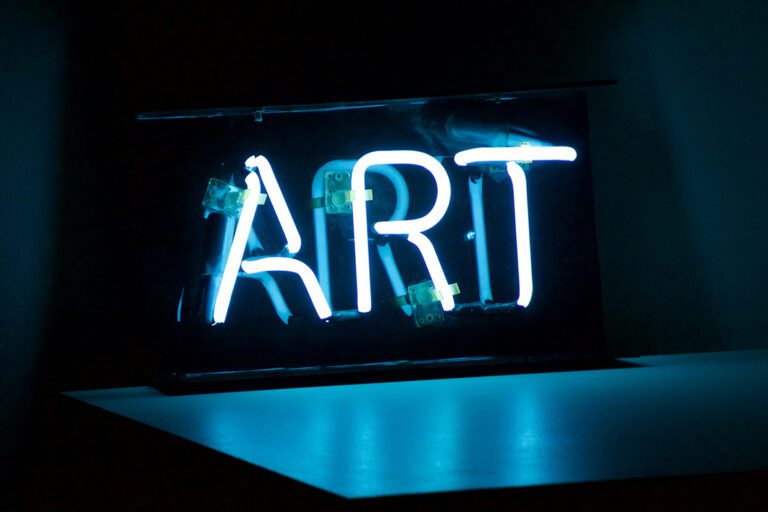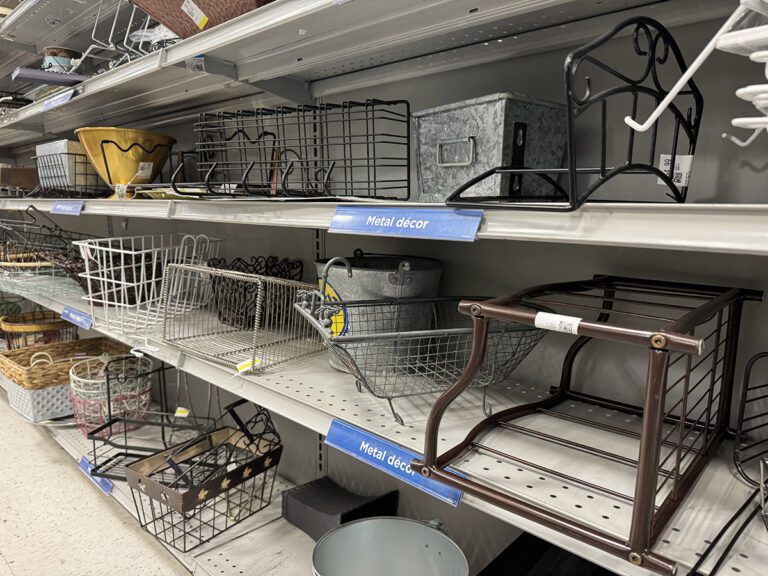Starting a new school year gives you a chance to reflect on your classroom management practices and think about revisions. You have an opportunity to consider what worked and what didn’t in years past and make adjustments moving ahead. We learned a lot of lessons from the pandemic. Take into consideration best practices prior to COVID-19 and merge them with online learning, blended learning, and the future of art education. Changing your classroom management practices may seem daunting, but it doesn’t have to be. It can be refreshing and a way to reignite your passion for teaching art.
Having a classroom management plan helps you and your students clarify the learning culture you want to cultivate in your art room. Classroom management is more than following rules and overseeing student behavior. AOEU’s Classroom Management Framework Competencies state, “Students need clear expectations, opportunities to build positive relationships, and a safe and accessible physical environment. By consistently modeling and communicating detailed routines and procedures, students learn what is expected of them.” Effective classroom management is also about strong rapport, safety, and accessibility. You can find this comprehensive framework and resources in PRO Learning.
According to AOEU’s K–12 Art Educator Framework, found in PRO Learning, classroom management is broken down into three subdomains:
- Expectations
- Relationship building
- Physical space
Within each subdomain, you can find specific descriptions to guide you through the revision process. There’s also a self-assessment rubric for you to rate what you have in place, find the gaps, and begin improving your approach.
Are you ready to revamp and reassess your classroom management approach? Keep reading to explore each of the three subdomains.
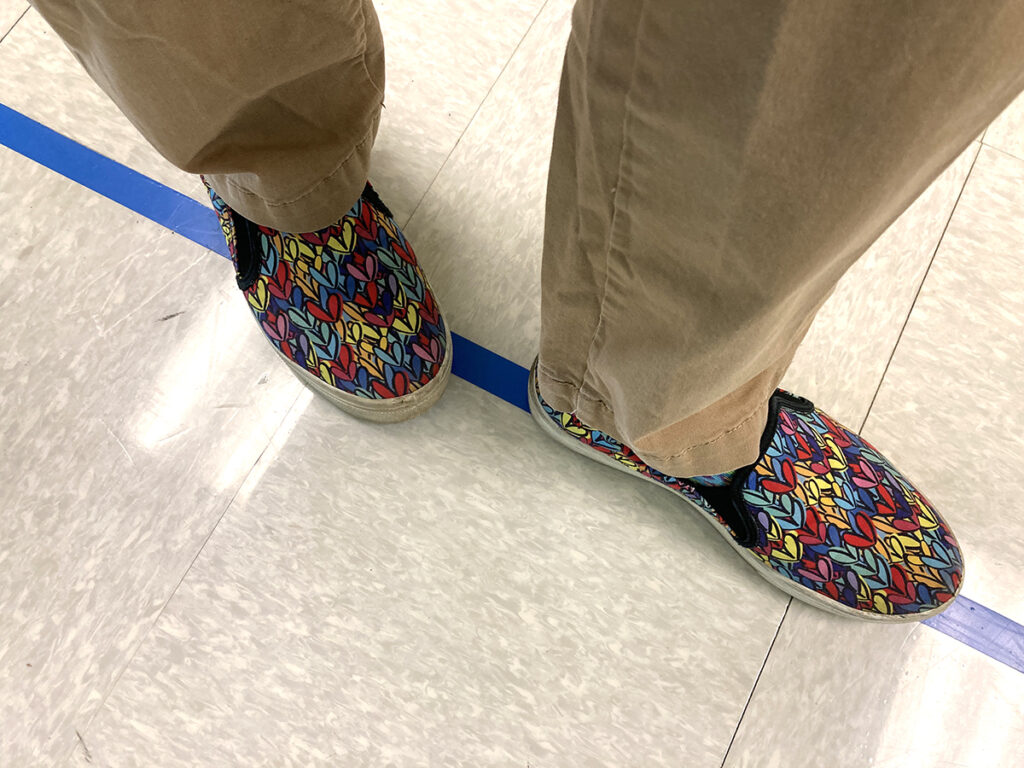
Where is the best place to start? Let’s begin with honest reflection.
Download our complimentary Classroom Management Reflection sheet and your favorite colored pen. Grab a timer too. It’s time to reflect, be honest with yourself, and take inventory of your practices, both good and bad. This reflection sheet uses the three subdomains of the Classroom Management Framework Competencies. Make sure to download the K-12 Art Educator Framework in PRO Learning.
Download Now!
The download has a quick overview of each subdomain, but there are more detailed expectations and rubrics in the Classroom Management Framework Competencies in PRO Learning. Rate your practices for each section. Think about why you rated yourself the way you did. Picturing or visualizing can help you explore each section more clearly.
Set your timer for five minutes. Starting with Expectations, write what worked well for you and what needs improvement. Repeat this step for Relationship Building and Physical Space in your art room, giving yourself five minutes per subdomain. If you find yourself needing more than five minutes, adjust your time accordingly. Once you are finished with this exercise, you will have a clear starting point to begin planning for success.
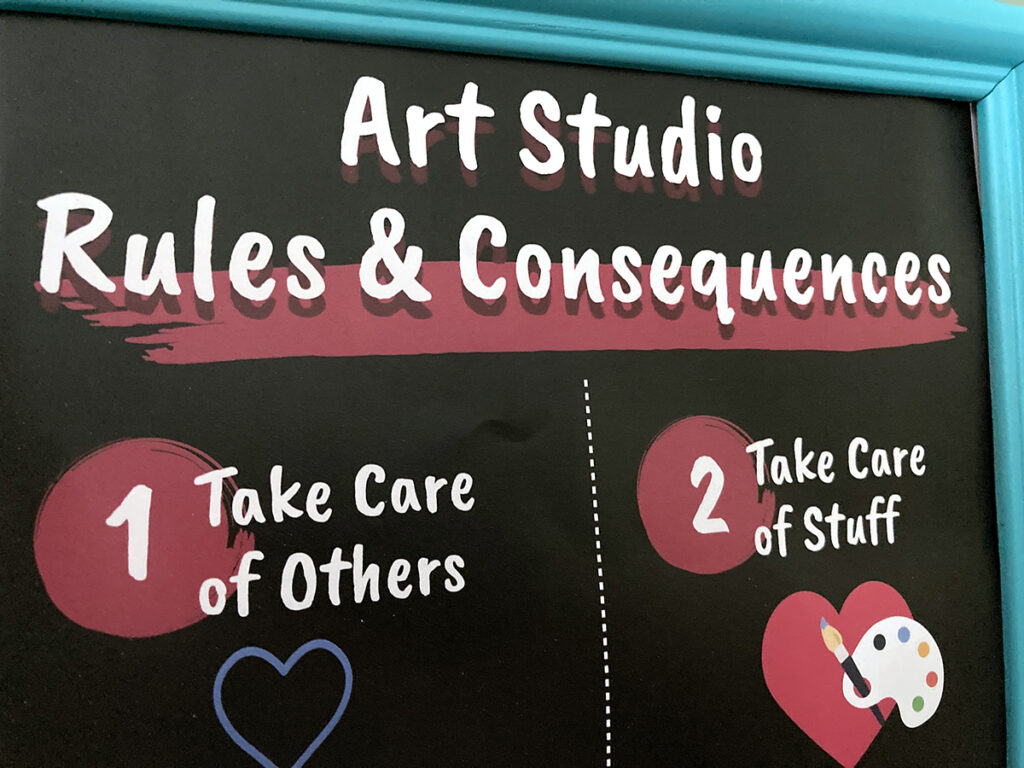
Now that you have identified strengths and areas for improvement in your current classroom management practices, it’s time to explore resources and make adjustments.
When you begin looking at your list, you may start wondering how to make those improvements and where to find strategies to put into place. Luckily, revising your classroom management practices can be simple when you have a supportive professional community and resources available at your fingertips. AOEU has many resources to provide you with specific and relevant approaches. These resources are created by art teachers who have been where you are. Take a look at the resources below, organized by subdomain, to fit your classroom management needs.
1. Expectations
Expectations help the art room run smoothly; more like an artist studio than a traditional classroom. We all know how important expectations are for students to behave like artists, follow rules and routines, adhere to boundaries, and for teachers to enforce consequences when needed.
Explore these four links to discover tips and resources to help you with art room expectations:
- How to Cure the “No-Name” Epidemic
- A Simple Strategy to Control Volume in the Art Room
- Finding a Management System That Works for You (Ep. 17)
- Managing the Art Room Graduate Course
2. Relationship Building
Creating art invites students to stretch themselves through personal expression. Taking time to develop rapport and build relationships with your art students will establish trust. When your students trust you and you genuinely support their creative choices, they will feel safer expressing their ideas, taking risks, and engaging in the artistic process.
Browse through the following four resources to build better relationships with your students:
- 5 Ways to Engage Introverts in the Art Room
- 3 Ways to Cultivate an Inclusive Art Studio for All Abilities
- 3 Ways Being a Vocal Ally Benefits Your Students
- What You Need to Understand About Generation Z Students
3. Physical Space
Think about the layout of your art room, how you store and organize supplies, exhibit artwork, or create a studio atmosphere. What has worked for you, your students, and your classroom? What hasn’t? What needs your attention before starting your first art project?
Here are four resources to help you make decisions about the physical space of your art room:
- Establishing Creative Sanctuaries—5 Tips to Redecorate and Reorganize for Back to School
- 5 Compelling Reasons to Get Rid of Chairs in Your Room
- Rethinking Art Room Space Pack found in PRO Learning
- How to Work Smarter Not Harder With Art on a Cart This Year
Once you have done some research, you will find ways to address the areas needing the most improvement. Art teachers are naturally creative, and you may be overflowing with ideal, exciting strategies to implement. It’s great that you are enthusiastic! When you are passionate about something, it is contagious to your students.
Be mindful and pick and choose what works best for you, your students, and your classroom. Introducing and implementing everything all at once can be overwhelming. When you have decided what tools and strategies to incorporate into your art room, consider what to introduce at the beginning of a course or class and what can wait a few weeks. You may also discover what you thought was an amazing idea is a flop—and that’s okay! Expect to make adjustments as you establish new strategies.
The final steps can tap into your artsy side. Create a graphic action plan to map out your classroom management approach and prepare for implementation!
Creating an action plan in writing or through a graphic design program like Piktochart or Canva will help keep you accountable as you implement your revamped classroom management practices. Not only will you be more likely to take action, but you can also create something to display in your art room to hold students accountable. When you begin teaching and modeling these new strategies, having something visual to reference for rules, routines, supply management, or consequences will help everyone stay on track and be consistent. It’s easy to spend hours making new visuals and posters for your classroom, so set aside time to create them… and stick to them!
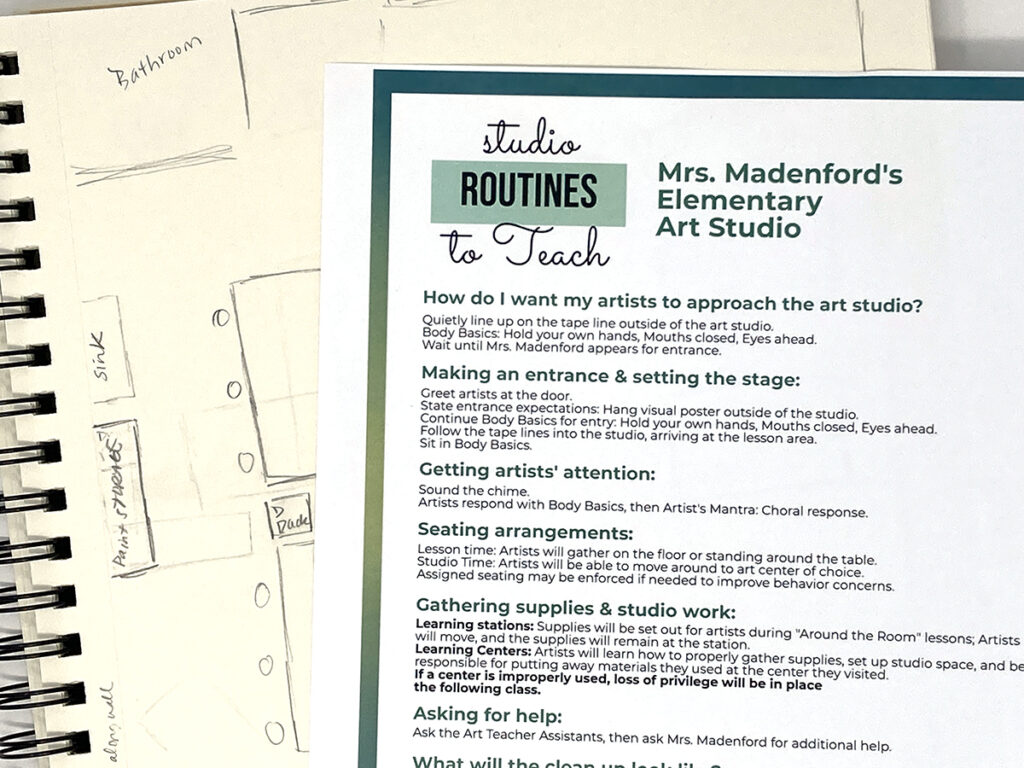
Teaching art is the most important part of our job in the classroom. We all know how essential it is to have a solid classroom management system in place. It allows teaching and learning to be engaging and fun while accommodating the many moving facets of the art room. Take time to reflect on your classroom practices. If you know something needs your attention, now is the perfect time to take care of it before starting new classes. You know how you want your ideal art room to work and look, so set the tone and atmosphere from the beginning. Go ahead, check out AOEU’s resources, and get started!
What needs attention in your classroom management approach?
What would your ideal art room look and feel like on the first day of classes?
Magazine articles and podcasts are opinions of professional education contributors and do not necessarily represent the position of the Art of Education University (AOEU) or its academic offerings. Contributors use terms in the way they are most often talked about in the scope of their educational experiences.
